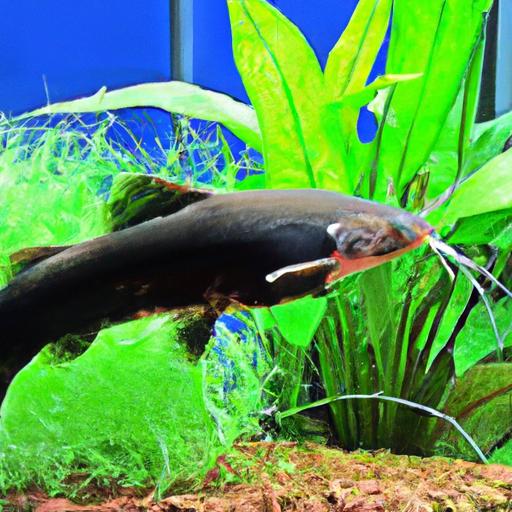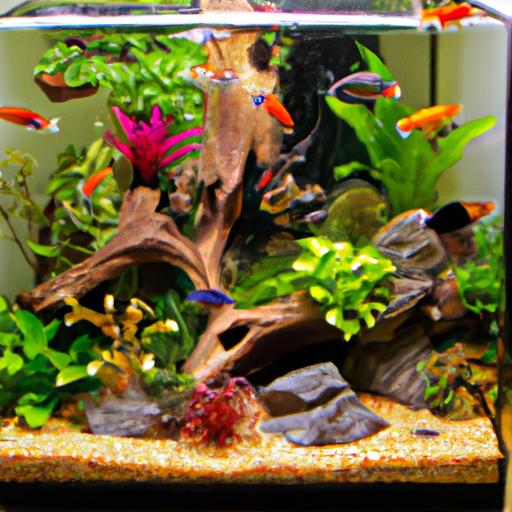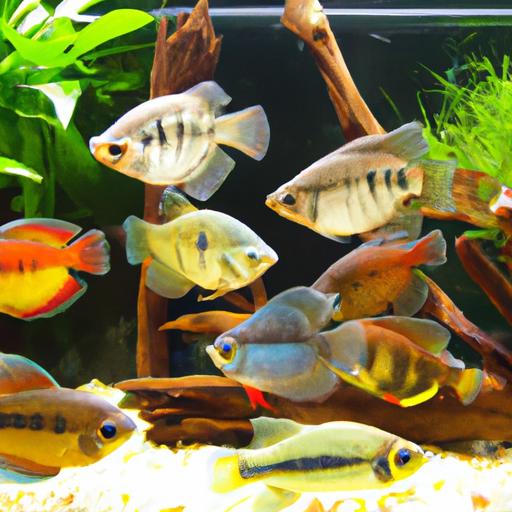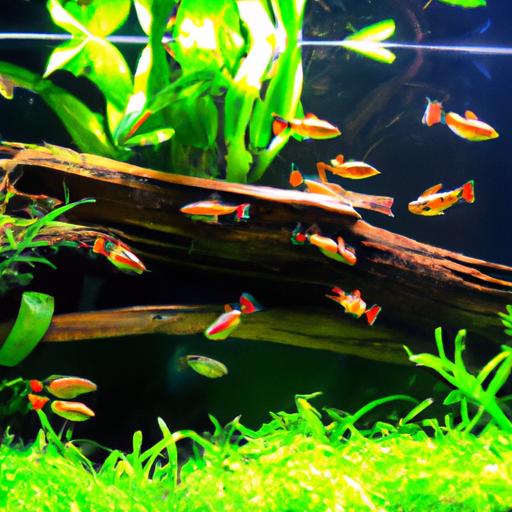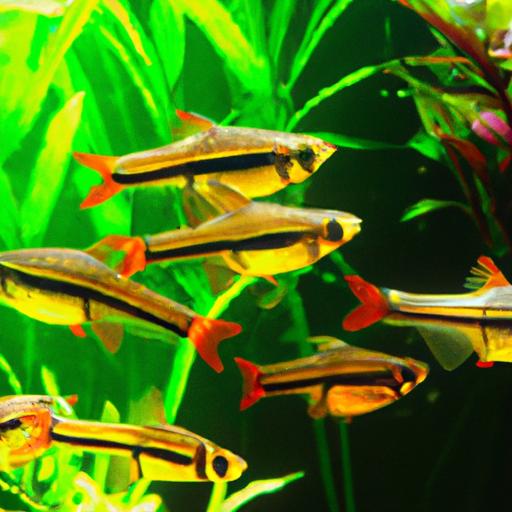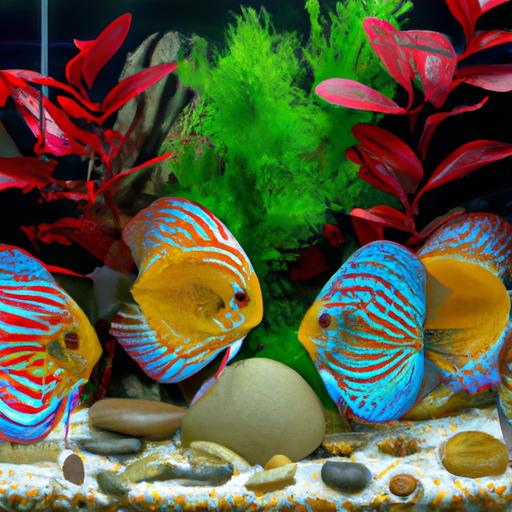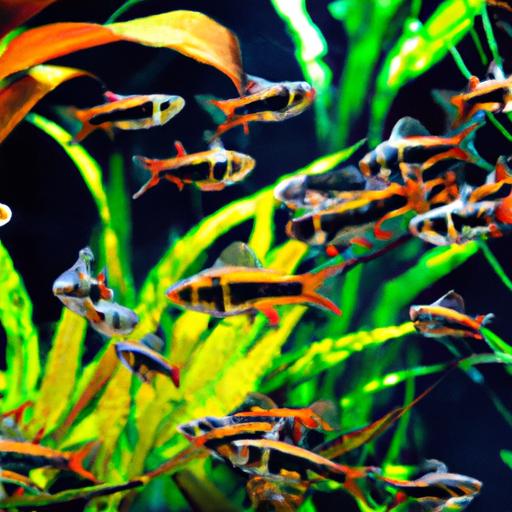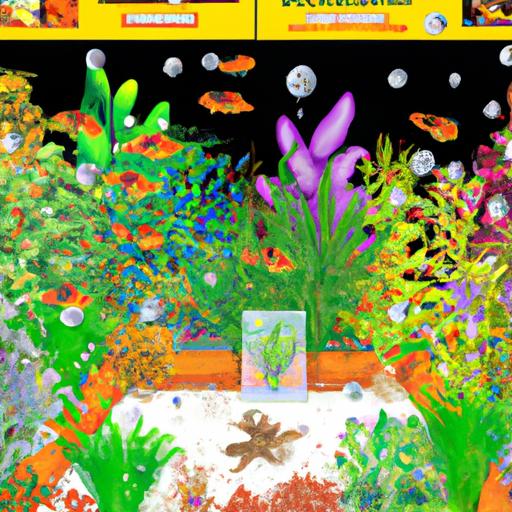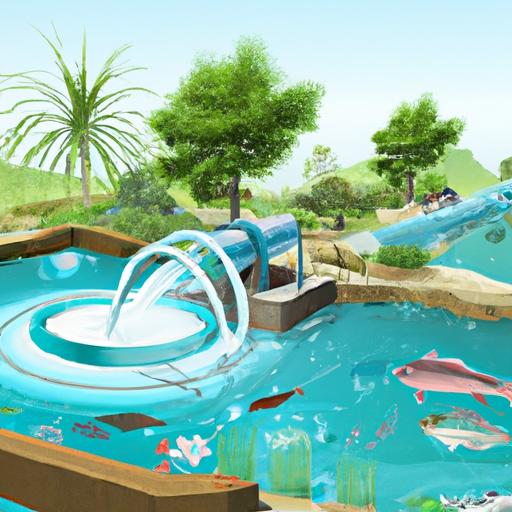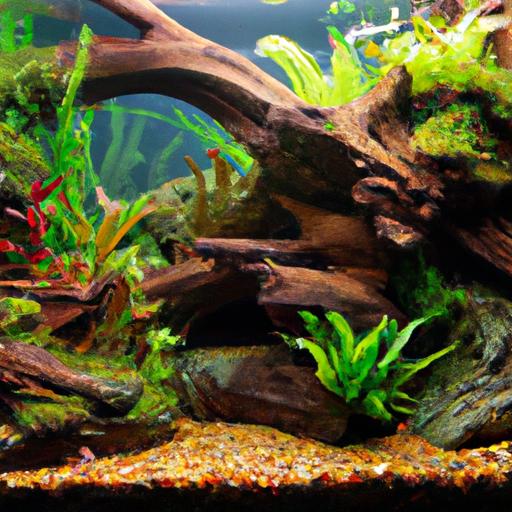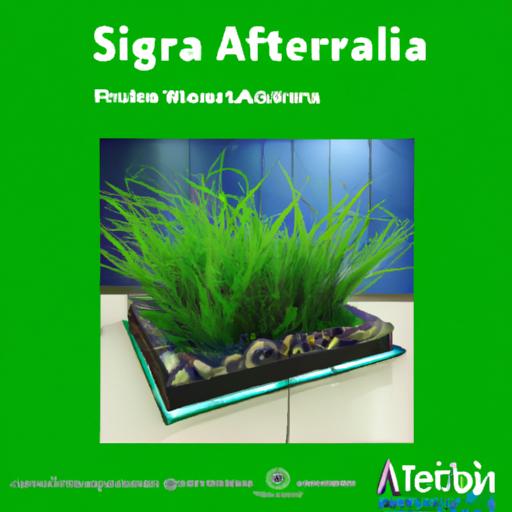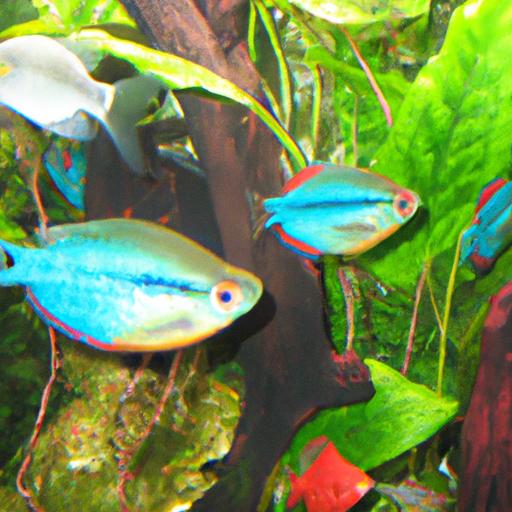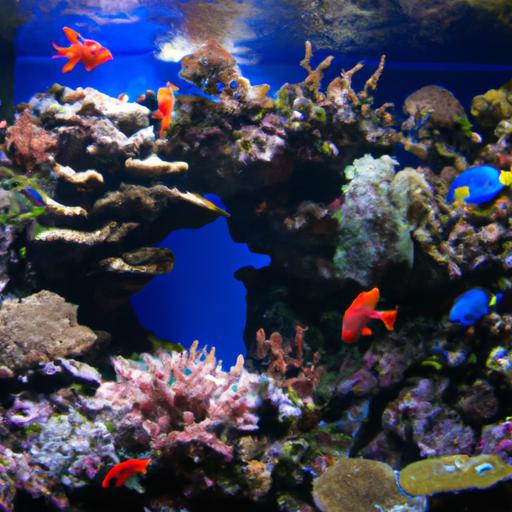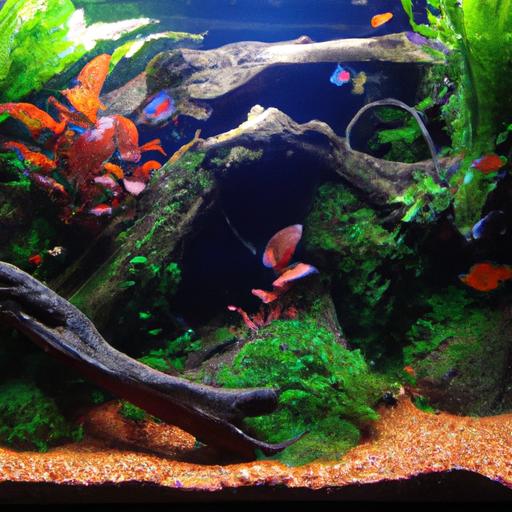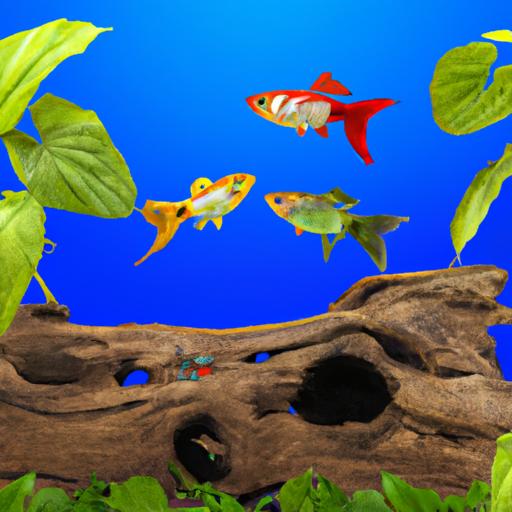
Caring for Exotic Killifish in Your Aquarium
Discover how to care for exotic killifish in your aquarium. Learn about tank size, water conditions, feeding habits, and compatible tank mates.
Introduction
Are you a fish enthusiast looking to add a touch of exotic beauty to your aquarium? Look no further than the captivating world of exotic killifish. These unique and vibrant fish have gained immense popularity among aquarium owners due to their stunning colors and fascinating behavior. However, caring for these exotic creatures requires a delicate touch and a thorough understanding of their specific needs. In this article, we will explore the essential aspects of caring for exotic killifish in your aquarium, ensuring their well-being and creating an enchanting underwater habitat.
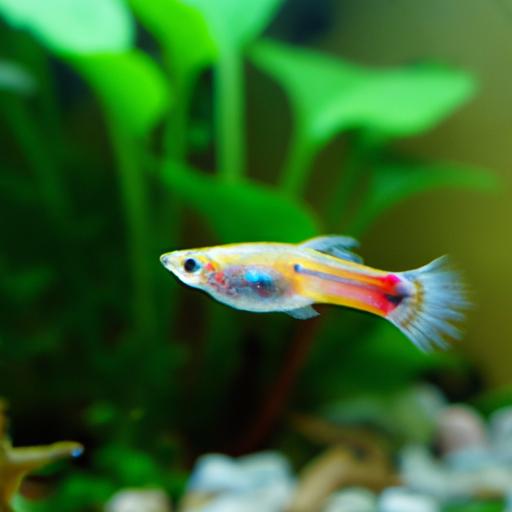
Caring for Exotic Killifish in Your Aquarium
Tank Size, Water Conditions, and Temperature Requirements
To provide a comfortable living space for your exotic killifish, the first consideration is the appropriate tank size. These fish thrive in spacious environments, so it is recommended to have a tank with a capacity of at least 20 gallons. This ensures ample swimming space and reduces territorial conflicts among the fish.
Maintaining optimal water conditions is crucial for the health of your exotic killifish. They prefer slightly acidic to neutral water with a pH level ranging from 6.5 to 7.5. Additionally, it is essential to monitor the water hardness, aiming for a range of 5 to 15 dGH. To recreate their natural habitat, consider adding plants and driftwood, as these provide hiding spots and create a more natural environment.
Temperature plays a vital role in the well-being of exotic killifish. They are accustomed to tropical climates and thrive in water temperatures between 72°F and 78°F (22°C and 26°C). It is recommended to use a reliable aquarium heater and thermometer to maintain the desired temperature consistently.
Diet and Feeding Habits
A well-balanced diet is essential for the overall health and vibrant coloration of your exotic killifish. In their natural habitat, these fish mainly feed on small insects, crustaceans, and other invertebrates. To replicate this diet in captivity, provide them with high-quality flake or pellet food specifically formulated for tropical fish.
In addition to dry food, it is beneficial to offer a variety of live or frozen foods to supplement their diet. Bloodworms, brine shrimp, and daphnia are excellent options that mimic their natural prey. Feeding small amounts of food two to three times a day is ideal, ensuring they consume what they can consume within a few minutes. Remember to remove any uneaten food promptly to maintain water quality.
Tank Mates and Compatible Species
When considering tank mates for your exotic killifish, it is crucial to select compatible species that share similar environmental requirements. Peaceful and non-aggressive fish such as tetras, guppies, or small corydoras catfish make excellent companions for killifish. It is advisable to avoid aggressive or larger fish that may intimidate or prey on the killifish.
Furthermore, it is essential to consider the territorial nature of killifish. Providing ample hiding spots, such as plants and caves, helps alleviate aggression and provides a sense of security for your fish. Careful research and consultation with knowledgeable aquarium professionals can help you curate a harmonious community tank.
Regular Maintenance and Water Quality Control
Maintaining a clean and healthy aquarium environment is crucial for the well-being of your exotic killifish. Regular water changes are essential to remove accumulated toxins and maintain optimal water quality. Aim for weekly water changes of 20-30% to keep nitrate levels low and ensure a stable ecosystem.
Investing in a reliable water testing kit allows you to monitor crucial parameters such as ammonia, nitrite, and nitrate levels. Consistently monitoring these parameters helps identify any issues early on and allows for prompt corrective measures. Additionally, ensure proper filtration is in place to remove waste and maintain good water circulation.
Frequently Asked Questions (FAQs)
What is the ideal tank size for exotic killifish?
Exotic killifish require a spacious environment to thrive. It is recommended to have a tank with a capacity of at least 20 gallons.
What should be the water temperature for these fish?
Exotic killifish prefer water temperatures between 72°F and 78°F (22°C and 26°C) to mimic their tropical habitat.
What type of diet is recommended for exotic killifish?
A well-balanced diet for exotic killifish consists of high-quality flake or pellet food supplemented with live or frozen foods such as bloodworms, brine shrimp, and daphnia.
Can exotic killifish be kept with other fish species?
Yes, exotic killifish can be kept with compatible species such as tetras, guppies, or small corydoras catfish. Avoid aggressive or larger fish that may intimidate or prey on the killifish.
How often should the tank be cleaned and maintained?
Regular maintenance is important for the health of your exotic killifish. Aim for weekly water changes of 20-30% and monitor crucial parameters with a reliable water testing kit.
Conclusion
Caring for exotic killifish in your aquarium can be a rewarding and captivating experience. By providing the right tank conditions, a balanced diet, compatible tank mates, and regular maintenance, you can create a thriving and visually stunning underwater world. Remember to pay attention to their specific needs, and always consult reputable sources or aquarium professionals for guidance. With proper care and attention, your exotic killifish will bring joy and beauty to your aquarium for years to come.
